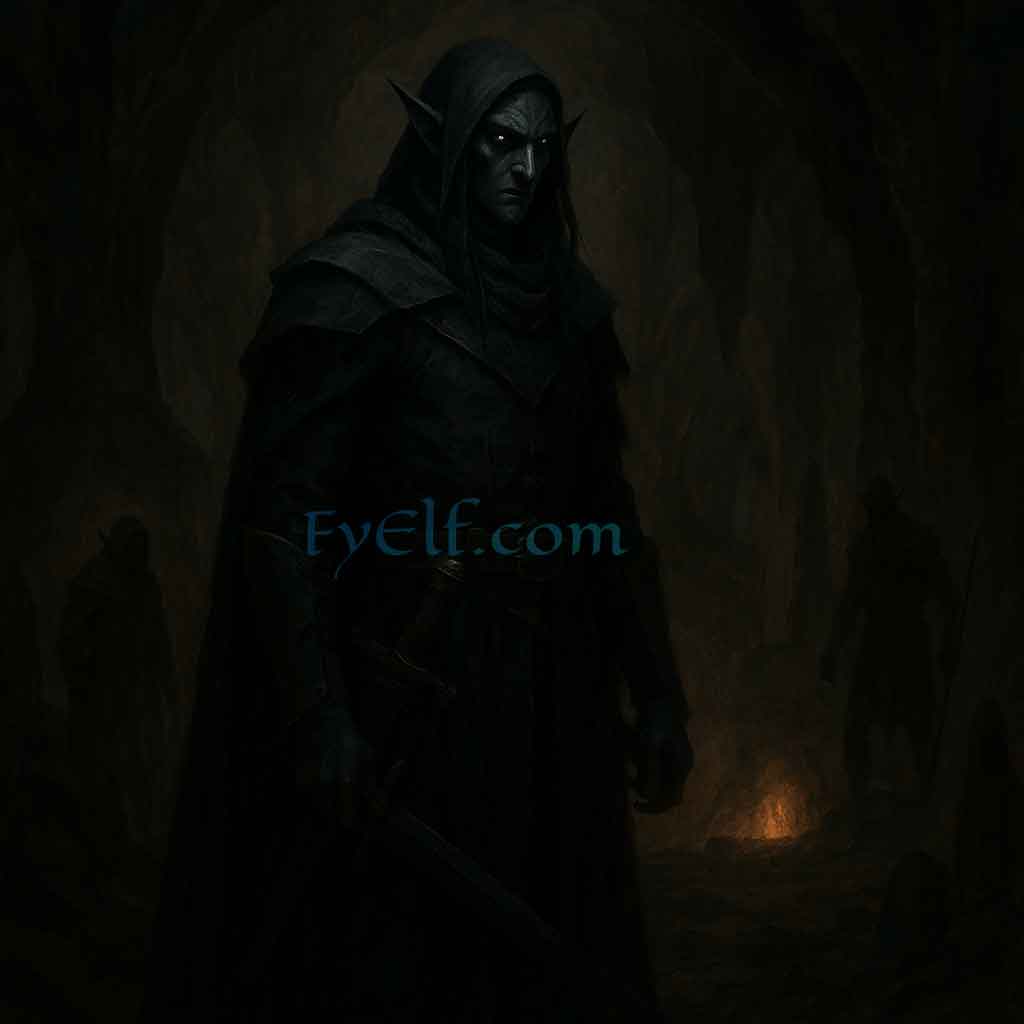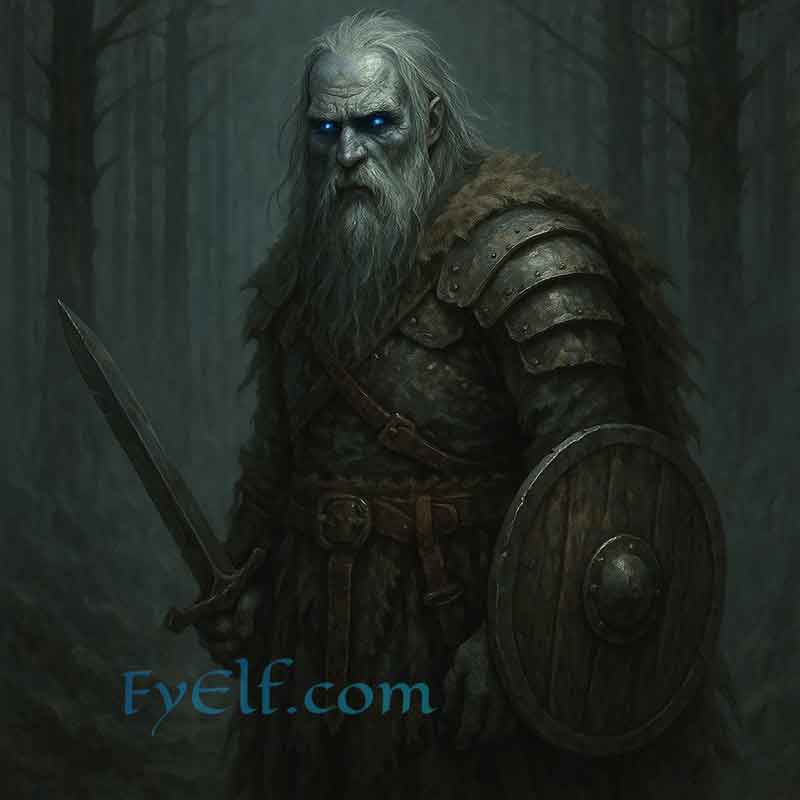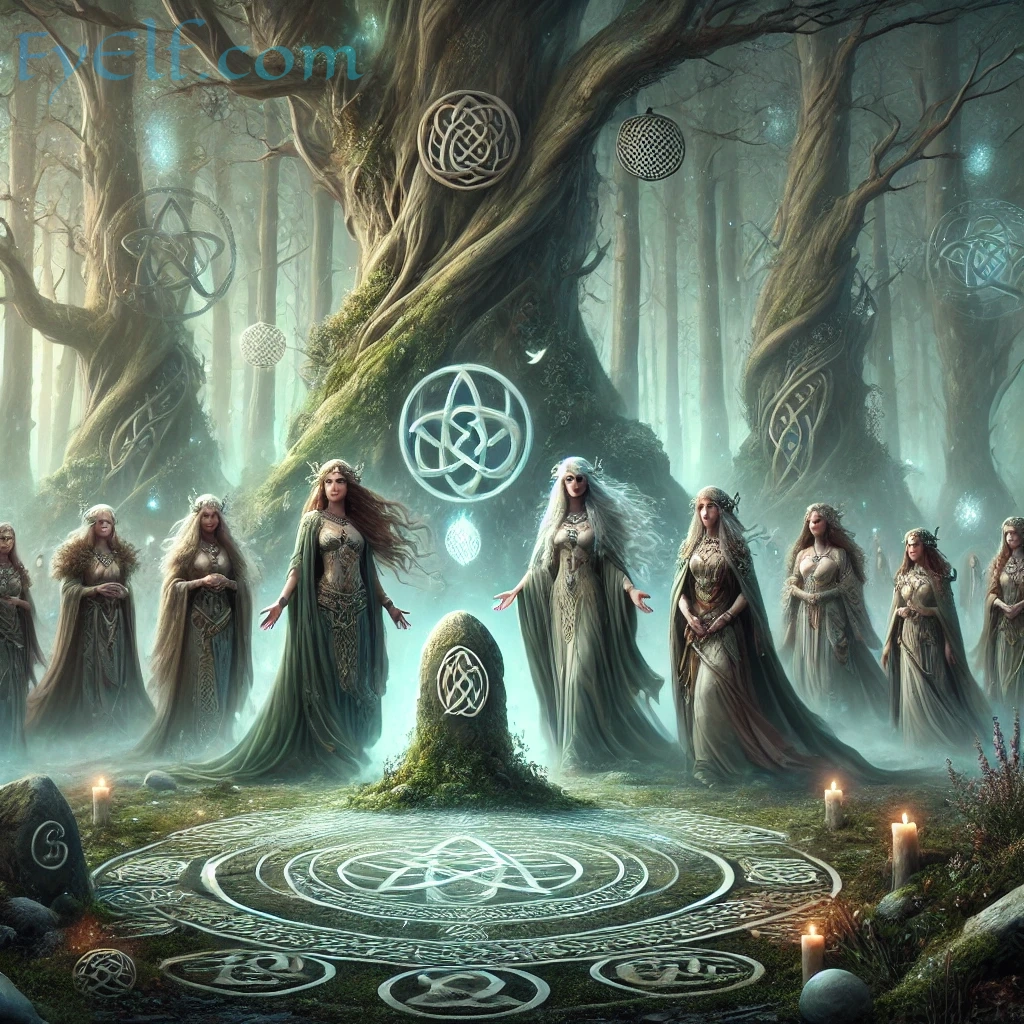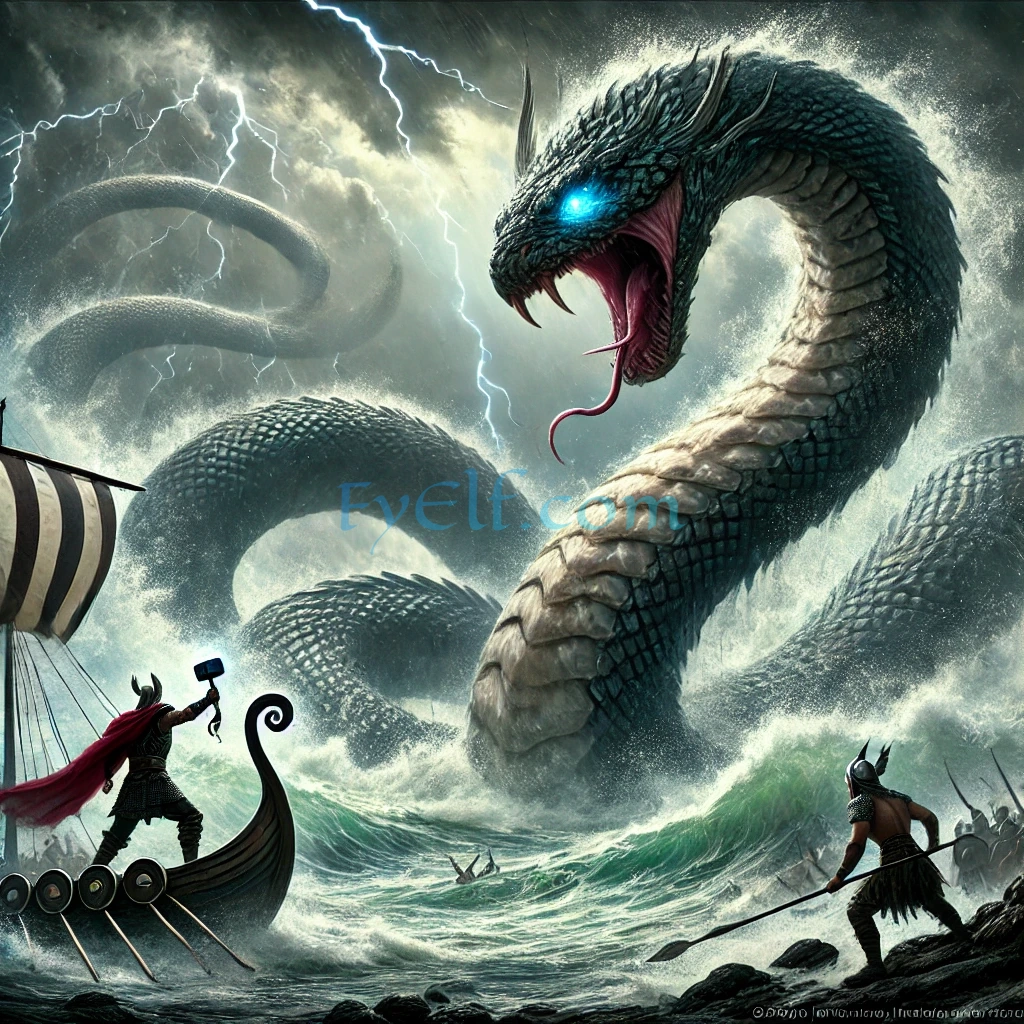Introduction
Among the most mysterious beings in Norse mythology are the Dark Elves, known as the Svartálfar. These elusive figures dwell in the hidden world of Svartalfheim, a shadowy realm that contrasts with the radiant home of the Light Elves. While their role in surviving sources is limited, Dark Elves have sparked centuries of fascination and inspired countless modern reinterpretations, from Tolkien’s legendarium to role-playing games.
But who exactly were the Svartálfar? Were they truly elves, or are they simply another name for the dwarves? Let’s explore their origins, realms, and legends.
Who Were the Dark Elves (Svartálfar) in Norse Mythology?
The Prose Edda, compiled by Snorri Sturluson in the 13th century, introduces the idea of Dark Elves (svartálfar) alongside Light Elves (ljósálfar). The Light Elves are described as “fairer than the sun,” while the Dark Elves are “blacker than pitch.” This stark contrast suggests a cosmic duality between light and shadow.
Unlike the friendly Light Elves, Dark Elves are often associated with mystery, craft, and hidden knowledge. Yet the sources are scarce, leaving room for interpretation.
Svartalfheim: The Shadow Realm of the Dark Elves
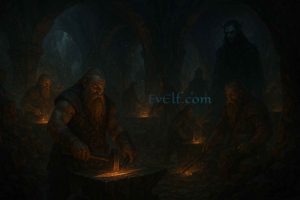
The Dark Elves are said to inhabit Svartalfheim, one of the Nine Realms of Norse cosmology. This world is portrayed as dark, subterranean, and rich in stone and metal.
- Name meaning: Svartalfheim literally means home of the black elves.
- Nature of the realm: It mirrors the underground workshops of dwarves, filled with mines, forges, and hidden treasures.
- Cultural role: Just as dwarves were master smiths, the Svartálfar were also linked to craftsmanship and magical objects.
Some sagas and later interpretations blur the line between Svartalfheim and Nidavellir, the realm of dwarves.
Dark Elves vs. Light Elves: A Norse Duality
The division between Light Elves and Dark Elves may symbolize more than physical differences. Scholars often see it as representing:
- Cosmic balance: Light = divine inspiration; Dark = earthly or hidden powers.
- Moral contrast: Light Elves are benevolent, while Dark Elves are ambiguous, sometimes dangerous.
- Spiritual metaphor: In Norse belief, light and dark often coexisted, not as pure good and evil, but as forces in tension.
This duality makes the Dark Elves an essential part of the Norse worldview, standing in contrast to the celestial Ljósálfar of Alfheim.
Are Dark Elves the Same as Dwarves? Scholarly Debate
One of the biggest debates in Norse studies is whether Svartálfar and dwarves (dvergar) were truly separate beings.
- Overlap in sources: In some passages, the Dark Elves appear interchangeable with dwarves, especially in relation to forging magical items.
- Dwarves as artisans: Famous items like Thor’s hammer Mjölnir, Odin’s spear Gungnir, and Freyr’s ship Skidbladnir were all crafted by dwarves—sometimes identified with Dark Elves.
- Scholarly view: Many modern scholars believe that “Dark Elves” may have been just another way of describing dwarves, or a literary invention of Snorri’s.
The Role of Dark Elves in Norse Legends and Myths
Although their appearances are rare, the Dark Elves play important symbolic roles:
- Makers of wonders: They are credited with crafting legendary weapons and treasures.
- Beings of the earth: Their underground associations connect them to fertility, minerals, and hidden wealth.
- Keepers of mystery: Their shadowy nature reinforces Norse mythology’s balance of visible and hidden worlds.
Even with limited references, their influence resonates across Norse storytelling.
Dark Elves in Modern Culture and Fantasy Worlds
The Svartálfar have had a massive afterlife in modern imagination:
- Tolkien’s works: While Tolkien does not directly use “Dark Elves” in the Norse sense, his concept of elves and underground dwellers draws inspiration from Norse sources.
- Dungeons & Dragons: The Drow, an iconic race of subterranean dark elves, were inspired by Norse Svartálfar but developed into a new fantasy archetype.
- Comics and films: Marvel’s Thor: The Dark World features Dark Elves led by Malekith, directly naming Svartálfar as ancient enemies.
- Video games: From Elder Scrolls to God of War, Dark Elves appear as mysterious and often hostile races.
This shows how Norse mythology continues to shape fantasy storytelling worldwide.
Conclusion
The Dark Elves of Norse mythology, the elusive Svartálfar, remain one of the most enigmatic beings of the Norse cosmos. Whether distinct from dwarves or simply another name for them, they represent the shadow side of creation—hidden, powerful, and mysterious.
Their realm of Svartalfheim, their role as craftsmen, and their lasting influence on modern fantasy prove that the legacy of the Dark Elves is far from forgotten. From ancient sagas to video games, the Svartálfar remind us that myth continues to evolve, casting new shadows in every age.
